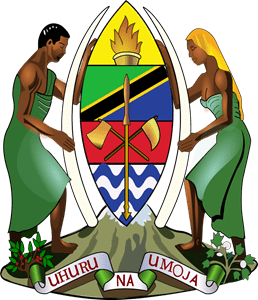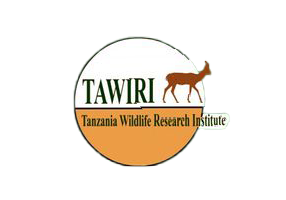The project has so far produced important information for the improvement of wildlife resource management and enhancement of tourism in the four priority areas for REGROW project. The results from Ruaha National Park indicated a skewed distribution of browsers, grazers and mixed feeders to the northern and central part of the park during the 1990 to 2010, and extended to the southern part of the park during the 2010 – 2020 census period. The southeast and southwest of the park had wildlife species but do not have all-weather roads, implying that they are inaccessible during the wet season. Medium to large mammals are evenly distributed in Ruaha National Park (RUNAPA). However, it was also found that the parks face a limited road network for providing access to many of the areas with large numbers of mammals especially south-east and south-west of the park implies skewed tourism networks in the park which restricts income by reducing the number of days for staying in the parks. The study recommends investing in the construction and rehabilitation of the seasonal roads where animal viewing by tourists will increase attraction to tourists, as well as to enable anti-poaching operations in such areas to reduce illegal activities and continued encroachment in the southern part. The study on mammals’ distribution has further established that the Udzungwa Mountains National Park (UMNP) has a wide range of mammals including both which exist in the tropical forest and the savanna range lands. Most of the mammal species were abundant between altitudes ranges of 800-1200 m a.s.l. The study recommends long-term use of camera traps which is a method that enables an effective inventory of wildlife species, especially in areas with limited accessibility with cryptic and shy mammals. The study also found limited access number of trails for tourists in UMNP. The study on birds, titled ‘Mapping Potential Areas for Api-tourism in Ruaha National Park, Tanzania: Key Updates for Biodiversity Conservation and Tourism Diversification’, has updated the avi-fauna species checklist for RUNAPA. The study recorded bird species being distributed in different zones and habitats of the park, and recommends that such distribution could contribute to the diversification of tourism road networks in the park. The study further recommends paying attention to conserving the 13- bird species in the IUCN Red List. Furthermore, the study implements studies on movement patterns of selected carnivore species by use of satellite collar technology. This study aims at providing information on carnivore distribution and behaviour, which will help in tourism development, human-wildlife conflict mitigation and proposing areas for future designation of protected areas. So far, twelve out of 32 carnivore groups have been collared in Ruaha National Park (RUNAPA), Mikumi National Park (MINAPA) and Nyerere National Park (NYENAPA) this includes 8 groups of lions, wild dog 1 group in RUNAPA and two leopards in NYENAPA and RUNAPA. Monitoring of the collared animals continues along with the collaring process for the remaining animals. Challenges on this project have been the difficulty in locating the desired species due to the extended dry season possibly affecting the movement patterns of prey species in the areas.






 Users Today : 1
Users Today : 1 Users Last 7 days : 573
Users Last 7 days : 573 Users This Month : 1437
Users This Month : 1437 Total Users : 40150
Total Users : 40150